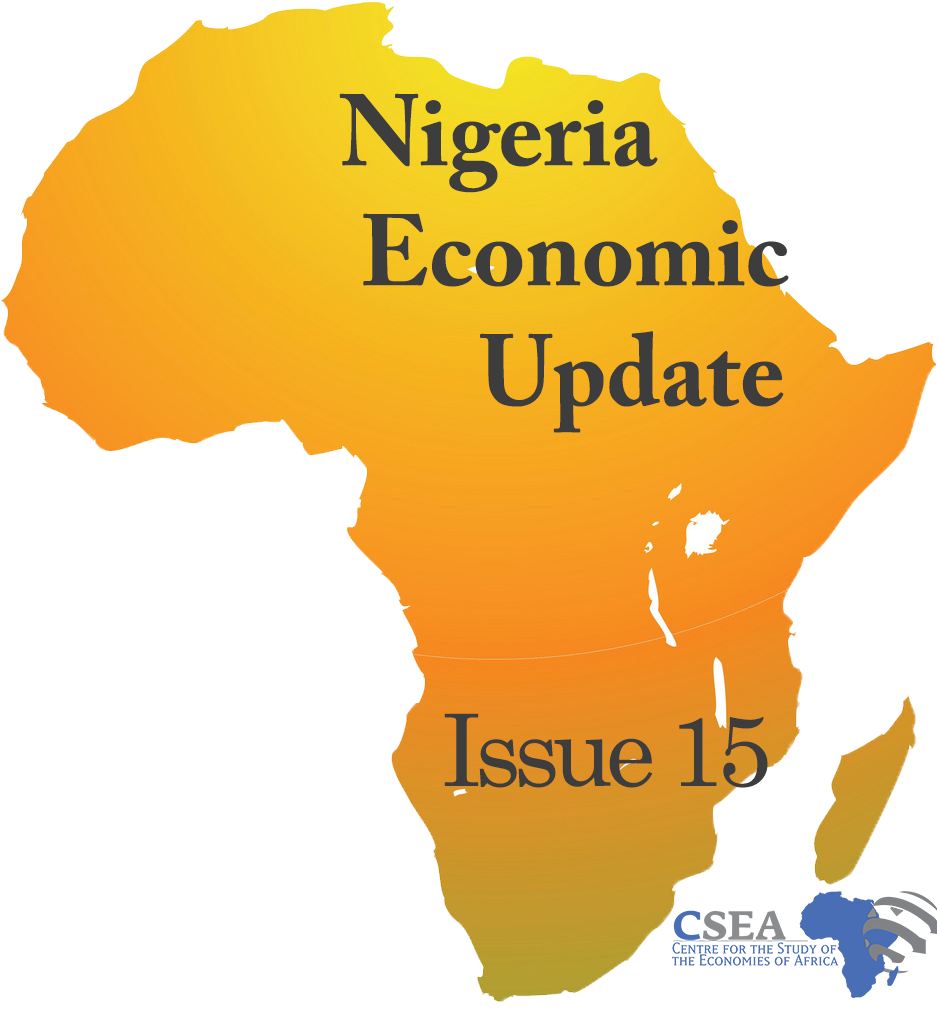Nigeria became the largest remittance-recipient country in sub-Saharan Africa and the sixth largest among low-middle income countries in 2018. The country’s official remittances amounted to $24.3billion in 2018,1 a 10.5% increase from the 2017 remittances received and accounts for 6.1% of GDP. Along with the strong economic conditions in high-income countries, the year-on-year acceleration in remittance flows is not unconnected to a slight declining trend that has been observed in remittance costs since the beginning of 2018.2 Although currently at an average of 9%, these remittance costs remain above the global average of 7% and far from the SDG target of 3%. Given the relatively strong economic and employment situation in high-income countries, and the growth in emigration in Nigeria, we expect that remittance flows to Nigeria will continue to rise. Addressing the regulatory barriers to entry in order to allow for more money transfer operators, particularly digital operators will drive the cost of remittance down and increase inflows. For instance, the N2 billion capital threshold mandated by CBN for domestic companies (compared with the N50 million for foreign companies) could be reviewed to allow companies lacking the financial clout to meet up.
Macroeconomic Report & Economic Updates

May 8, 2019
Nigeria Economic Update (Issue 15)
Nigeria became the largest remittance-recipient country in sub-Saharan Africa and the sixth largest among low-middle income countries in 2018. The country’s official remittances amounted to $24.3billion in 2018,1 a 10.5% increase from the 2017 remittances received and accounts for 6.1% of GDP. Along with the strong economic conditions in high-income countries, the year-on-year acceleration in […]
Read →
Related
Nigeria Economic Update (Issue 1)
GDP growth rate
increased marginally by 2.84 percent in Q3 2015 from 2.35 percent in the preceding
quarter. Nominal GDP increased to N24.3 million from N22.9 million in the
preceding quarter. Growth in this period was attributed to the improved
performance of the non-oil sector which grew by 3.05 percent. The Sectoral disaggregation shows
that the Services and Agricultural sectors grew by 3.97 and 3.46 percent respectively,
while the Manufacturing sector shrank by 1.75 percent.
Africa Economic Update (Issue 4)
International Monetary Fund (IMF) revised down growth forecast for Sub-Saharan Africa by 0.2 percentage points, while retaining growth estimates for Nigeria and South Africa in 2017. Precisely, growth rate forecast for Africa was reduced from 2.8 percent in January 2017 forecast to 2.6 percent in April 2017 forecast while growth estimates were retained at 0.8 percent for both South Africa and Nigeria. In contrast, global economic growth outlook was increased by 0.4 percentage points from 3.1 percent to 3.5 percent within the same period. Growth in Sub-Saharan Africa is hampered by adverse cyclical and supply side factors, weak fiscal buffers and rising public debt amongst non-commodity exporters as well as severe drought was experienced in Eastern and Southern Africa
